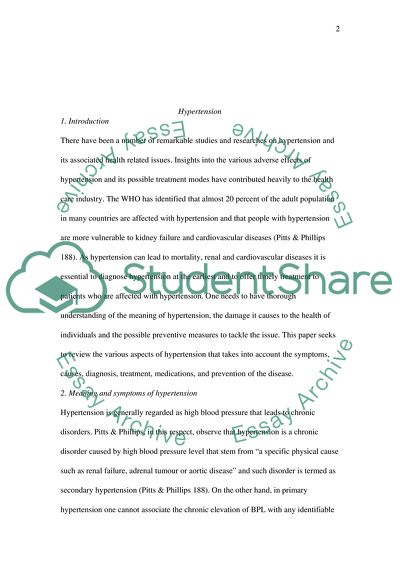Cite this document
(Hypertension: Symptoms, Causes, and Treatment Coursework, n.d.)
Hypertension: Symptoms, Causes, and Treatment Coursework. https://studentshare.org/health-sciences-medicine/1746754-hypertension
Hypertension: Symptoms, Causes, and Treatment Coursework. https://studentshare.org/health-sciences-medicine/1746754-hypertension
(Hypertension: Symptoms, Causes, and Treatment Coursework)
Hypertension: Symptoms, Causes, and Treatment Coursework. https://studentshare.org/health-sciences-medicine/1746754-hypertension.
Hypertension: Symptoms, Causes, and Treatment Coursework. https://studentshare.org/health-sciences-medicine/1746754-hypertension.
“Hypertension: Symptoms, Causes, and Treatment Coursework”. https://studentshare.org/health-sciences-medicine/1746754-hypertension.


